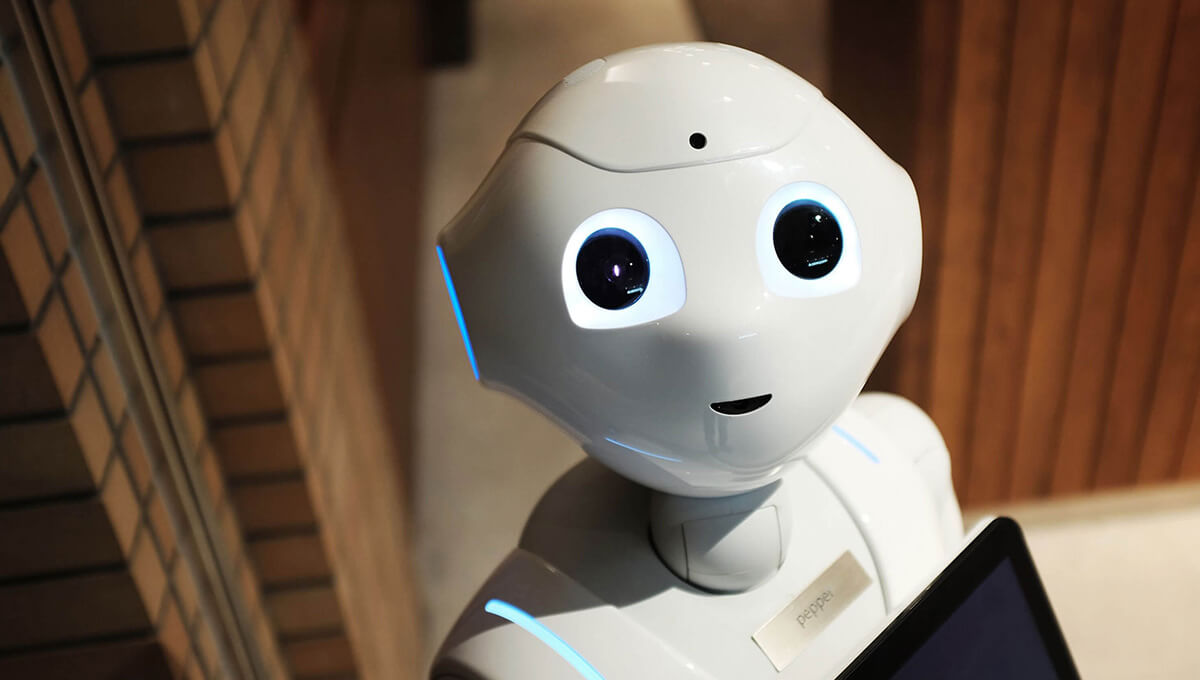In this article, we’ll delve into the key trends driving the future of technology, including artificial intelligence, machine learning, quantum computing, blockchain, and the Internet of Things (IoT). We’ll explore their potential applications, benefits, and challenges, offering insights into how these technologies are likely to shape the next decade.
1. Artificial Intelligence and Machine Learning
Artificial Intelligence (AI) and Machine Learning (ML) continue to lead the charge in technological advancement. AI is enabling machines to mimic human intelligence, while ML focuses on improving these systems by learning from data. Key applications include:
- Healthcare: AI-driven diagnostics and personalized medicine.
- Finance: Fraud detection and algorithmic trading.
- Retail: Enhanced customer experiences through recommendation engines.
Here’s an example of how ML algorithms work:
# Example: Python code for training a simple ML model
from sklearn.datasets import load_iris
from sklearn.model_selection import train_test_split
from sklearn.ensemble import RandomForestClassifier
# Load dataset
data = load_iris()
X_train, X_test, y_train, y_test = train_test_split(data.data, data.target, test_size=0.3, random_state=42)
# Train model
model = RandomForestClassifier()
model.fit(X_train, y_train)
# Evaluate
print("Accuracy:", model.score(X_test, y_test))
2. Quantum Computing
Quantum computing represents a paradigm shift in computing power. Using quantum bits (qubits) instead of traditional bits, quantum computers can solve complex problems that are infeasible for classical computers. Applications include:
- Cryptography: Breaking and developing advanced encryption methods.
- Drug Discovery: Simulating molecular interactions for new medicines.
- Optimization: Solving logistical and supply chain challenges.
3. Blockchain Technology
Initially developed for cryptocurrencies like Bitcoin, blockchain technology has expanded to numerous sectors. Its decentralized, immutable ledger offers transparency and security. Key use cases include:
- Finance: Smart contracts and decentralized finance (DeFi).
- Supply Chain: Tracking goods from origin to consumer.
- Voting: Secure, transparent elections.
Here’s a snippet of a basic blockchain implementation in Python:
# Example: Simple blockchain in Python
import hashlib
class Block:
def __init__(self, index, data, previous_hash):
self.index = index
self.data = data
self.previous_hash = previous_hash
self.hash = self.calculate_hash()
def calculate_hash(self):
return hashlib.sha256((str(self.index) + str(self.data) + self.previous_hash).encode()).hexdigest()
# Create blocks
block1 = Block(1, "Block 1 Data", "0")
block2 = Block(2, "Block 2 Data", block1.hash)
print(block1.hash, block2.hash)
4. Internet of Things (IoT)
The IoT connects devices to the internet, allowing them to send and receive data. This technology is revolutionizing industries through automation and data analytics. Examples include:
- Smart Homes: IoT-enabled appliances and security systems.
- Healthcare: Wearables that monitor vital signs.
- Industrial IoT: Predictive maintenance for machinery.
5. The Ethical Challenges of Emerging Technologies
While the potential benefits of these technologies are immense, they also raise ethical and regulatory concerns. Key issues include:
- Privacy: Ensuring data security in a hyper-connected world.
- Bias: Addressing bias in AI algorithms.
- Environmental Impact: Minimizing the carbon footprint of quantum computing and IoT.
Conclusion
Emerging technologies like AI, quantum computing, blockchain, and IoT are reshaping the future. By understanding these trends, businesses and individuals can position themselves for success in an increasingly digital world. Staying informed, ethical, and adaptable will be key to thriving in this era of rapid innovation.



